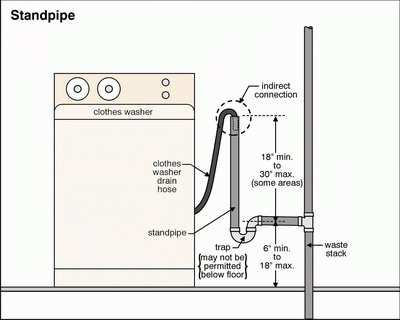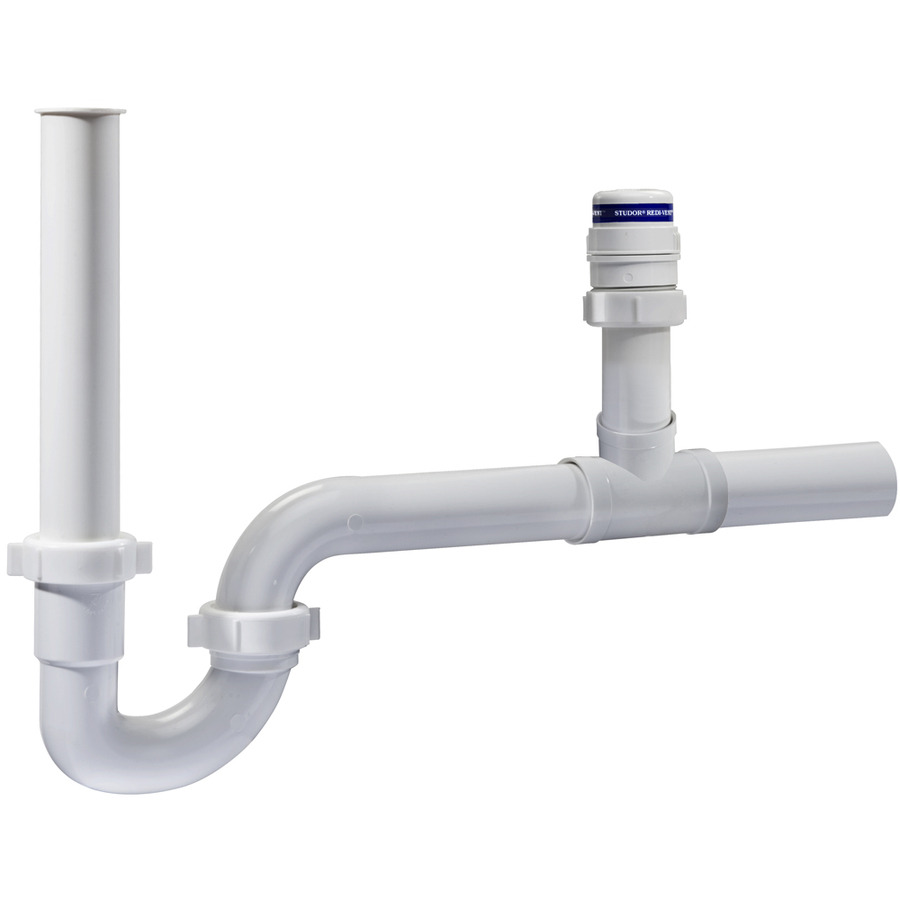in ohio,
Currently working on a bathroom remodel where a 1 1/2" washer drain comes from about 7' away through the studs walls. The drain has another 4' and a 90deg and another 4' to get to 4" drain with a vent to the roof. I am thinking of putting a AAV in the drain and keep it accessible to change out when needed. the only location that can happen is just after the 90deg bend that I mentioned above. is that too far of a straight horizontal line to put a trap and that valve. I realize that I need to put the valve above the water level that would be in the washer. There will also be a shower drain, bathroom kitchen sinks and toilet draining into the same 4" line as well via a 2" piece of PVC.
There is no place install a outdoor vent as it is the middle of the home on the 1st floor.
thanks for all your help
Currently working on a bathroom remodel where a 1 1/2" washer drain comes from about 7' away through the studs walls. The drain has another 4' and a 90deg and another 4' to get to 4" drain with a vent to the roof. I am thinking of putting a AAV in the drain and keep it accessible to change out when needed. the only location that can happen is just after the 90deg bend that I mentioned above. is that too far of a straight horizontal line to put a trap and that valve. I realize that I need to put the valve above the water level that would be in the washer. There will also be a shower drain, bathroom kitchen sinks and toilet draining into the same 4" line as well via a 2" piece of PVC.
There is no place install a outdoor vent as it is the middle of the home on the 1st floor.
thanks for all your help

























































